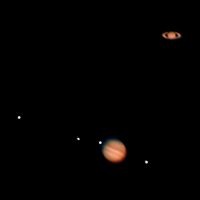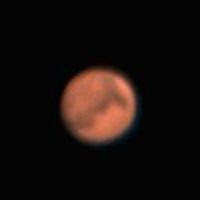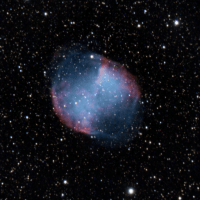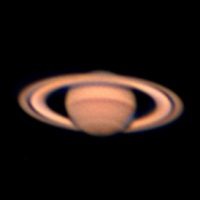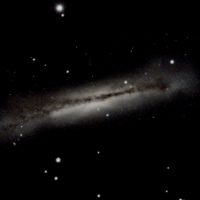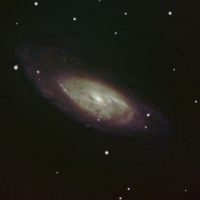
The Orion Constellation is very well known for its famous Orion Nebula (M42), but there are other fantastic nebulae in Orion. Two of the most popular ones are the Flame Nebula (NGC 2024) and Horsehead Nebula (Barnard 33). Both of these nebulae are actually composed of two distinct objects. In each case, there is an […]
Island Features | Full Article


